No Toilet Paper?

Long before the invention of toilet paper, various cultures around the world employed different methods to keep their bottoms clean. Native Americans, for instance, used seashells, small rocks, dried grass, or twigs. In ancient Japan, they used “chugi” – small, flat sticks – for this purpose. The ancient Greeks, on the other hand, made use of pottery shards.
Public Baths

If you couldn’t afford a private bathroom in your home, which was the reality for many, you would have to use one of the public bathhouses, where the entire neighborhood would go to bathe. Essentially, everyone would have to share the same tub, including the not-so-clean neighbor down the block. It’s not exactly an appealing thought.
Family Baths

In the past, even if your family had a bathroom and a tub in your home, everyone had to share the same water. Due to the time it took to heat water, families would fill just one tub with warm water and take turns using it, usually starting with the eldest family member and then moving down to the youngest.
Worms in Your Teeth?

In the past, even if your family had a bathroom and a tub in your home, everyone had to share the same water. Due to the time it took to heat water, families would fill just one tub with warm water and take turns using it, usually starting with the eldest family member and then moving down to the youngest.
Cure for Baldness?

Are you losing hair on top of your head? Back in medieval times, there was a supposed cure for baldness that an author claimed to have figured out. In a book dated 1654 discovered in London, Peter Levens suggested that hair could be regrown by rubbing a mixture of chicken poop and an alkaline solution of potassium salts called “Culver-dung in Lye.” However, it turned out that his remedy was ineffective.
Leeches

One of the most famous ancient medical practices was the use of leeches to treat illnesses. This was based on the belief that most diseases were caused by having too much blood in the body. Physicians would attach leeches to the sick person’s body to help drain some of the excess blood. However, this method was largely ineffective, leading doctors to question its usefulness.
‘Groom of the Stool’

Royalty had a servant solely responsible for cleaning their posterior, known as the “Groom of the Stool” or “Groom of the King’s Close Stool.” Despite the job’s intimacy, the groom had access to confidential information and was trusted with great confidence, making them a respected and feared individuals in the royal court.
Cauterization

Cauterization, an ancient medical procedure commonly depicted in movies, involved placing super-heated metal against a wound to stop heavy bleeding in medieval times, usually during battle or amputations. Although it was highly effective in preventing infections, it caused permanent tissue damage and was likely excruciatingly painful.
Lead-Based Face Lightener

In the past, having fair skin was associated with royalty and superiority, as women with darker skin were assumed to be involved in outdoor labor. To achieve a lighter complexion, women used to apply wheat flour or, unfortunately, lead-based paints. However, lead contains harmful amounts of arsenic, making it toxic to human health.
Eating Chalk

Many women in the past would eat chalk to make themselves look more pale. However, consuming chalk does not actually lighten the skin; it only makes the person feel sick, which can create a paler appearance. This practice falls under the category of geophagia, which refers to the eating of soil-like substances such as clay or chalk. There is evidence that early human species, including Homo habilis, consumed calcium-rich clay as a source of nutrition.
Urine as an Antiseptic

Recovered documents and books from medieval times suggest the use of urine as an antiseptic. However, this practice is not advisable as urine is not sterile, and it contains bacteria that are found in our bodies, as explained by Popular Science. Healthy individuals have lower bacterial counts in their urine, while those with infections have higher bacterial counts. Therefore, drinking urine when lost in the woods is not a great idea and should only be a last resort.
Eating With Their Hands
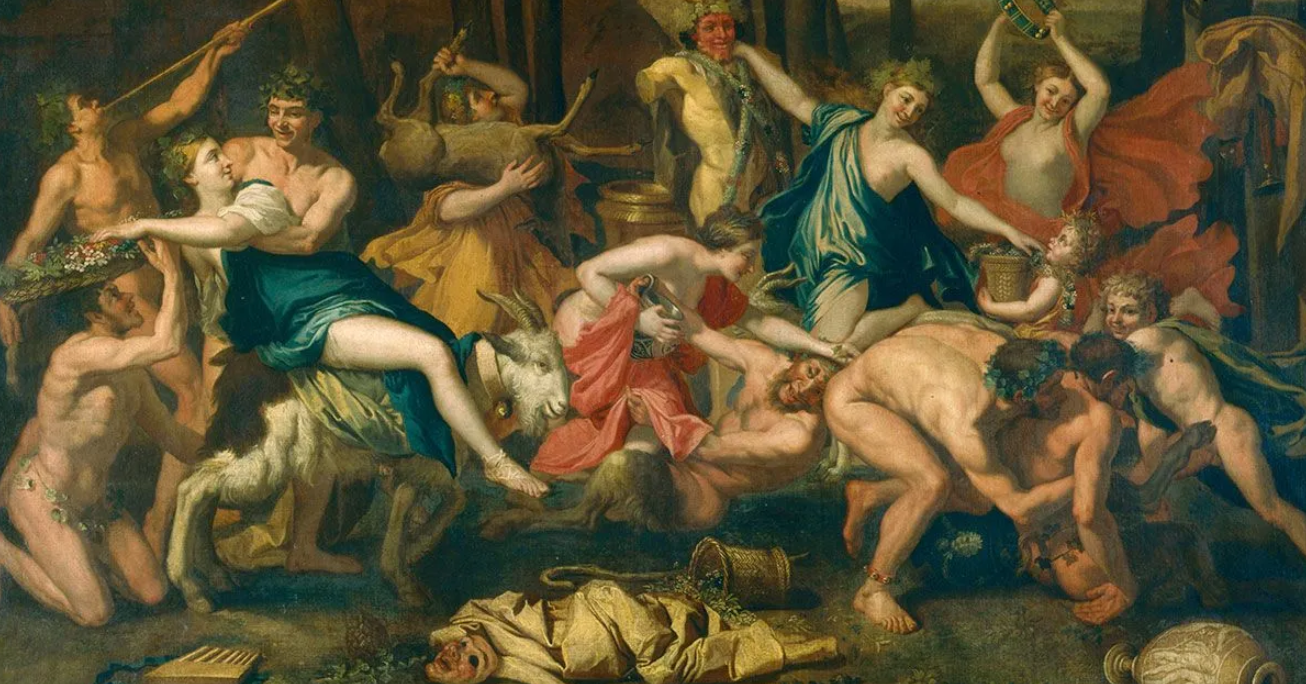
Eating with one’s hands is a practice that is frowned upon in many cultures today. However, in ancient times, it was the norm for everyone to eat with their hands. It wasn’t until the 16th century that utensils became widespread in Europe. Given their poor hygiene practices, it’s safe to assume that their hands were not always clean before meals.
Selling Your Good Teeth
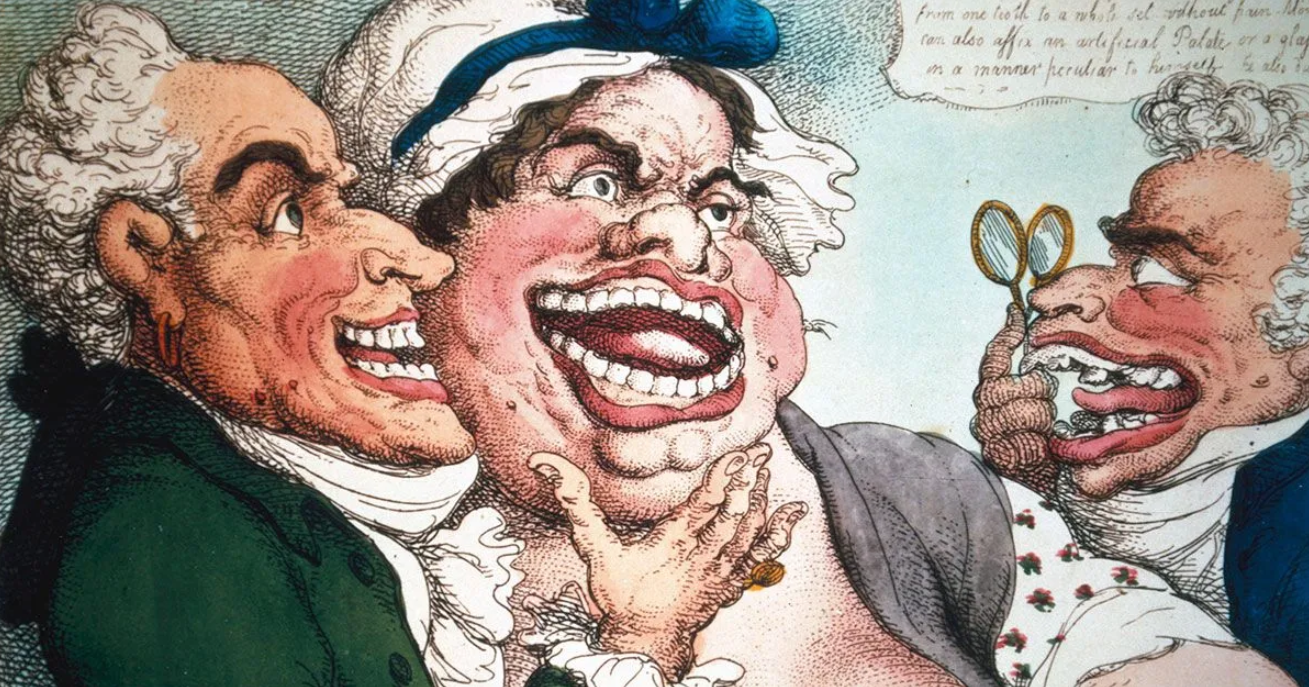
In the past, nobles with a sugar-rich diet were more prone to tooth decay, which led to the need for false teeth made of ivory or porcelain. However, they preferred real teeth for their dentures, and where did they source these? They would encourage poor people to sell their healthy teeth to the wealthy for use.
Doctors Didn’t Wash Their Hands
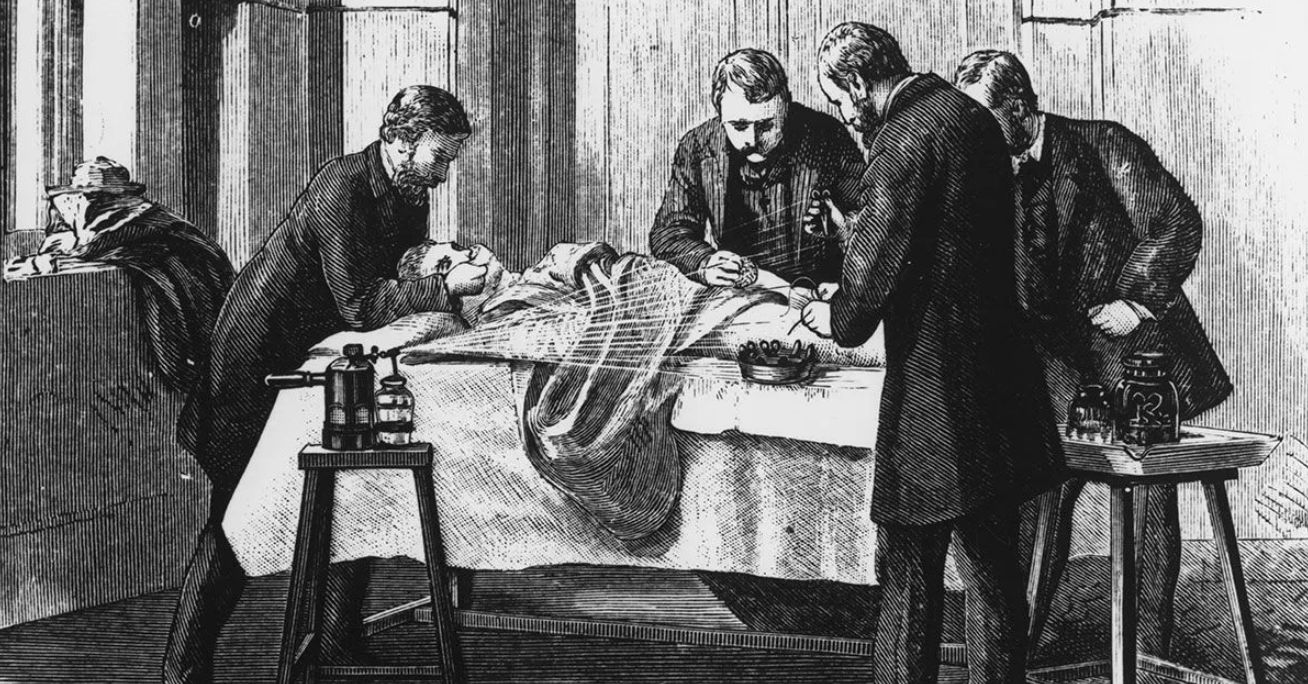
Doctors not washing their hands before treating patients was a common and dangerous practice that led to many patients dying from infectious diseases. Hungarian physician Ignaz Semmelweis discovered in 1846 that disinfecting hands before assisting with childbirth drastically reduced the incidence of puerperal fever. Although Semmelweis’s antiseptic procedures were initially ridiculed, they gained widespread acceptance after Louis Pasteur confirmed his germ theory.
Enlarging the Pupils With Poison

During medieval times, women would enhance their beauty by using the belladonna plant to dilate their pupils and make their cheeks appear flushed. However, the belladonna plant is highly toxic and can lead to death if ingested or handled in large amounts. This plant was also believed to have been used for murder by the Roman nobility.
X-Ray Hair Removal
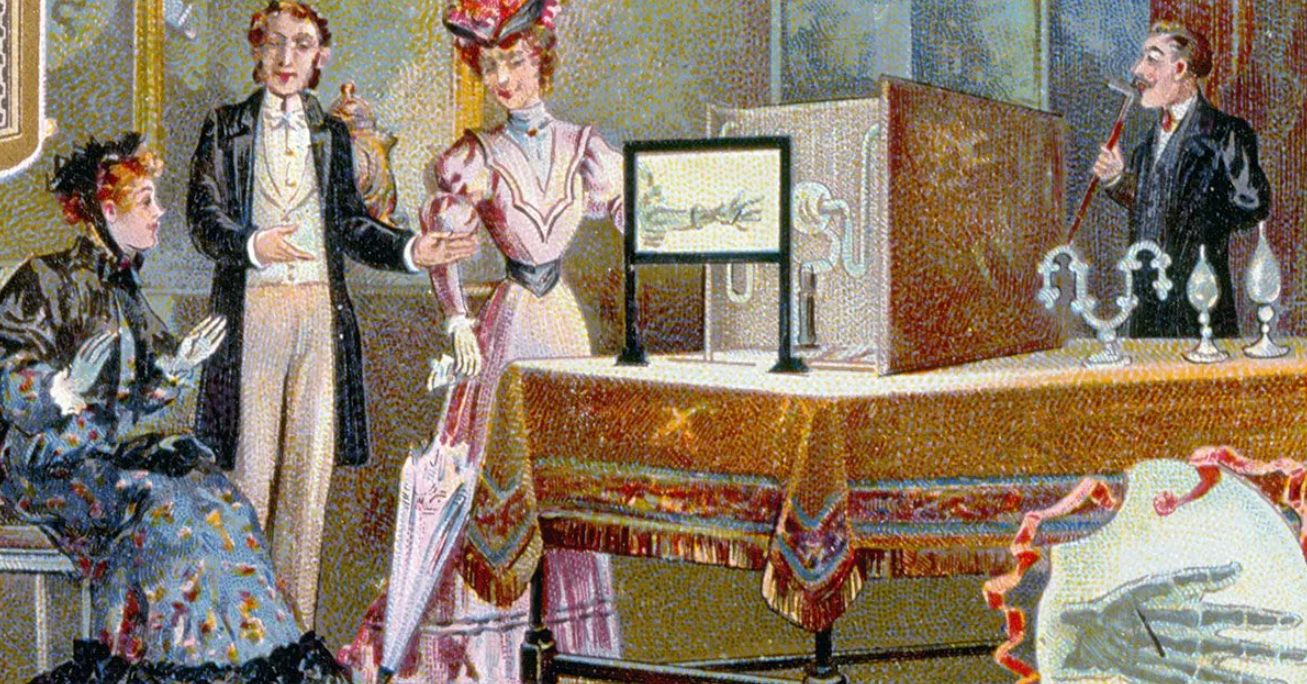
In 1895, the discovery of X-rays led some physicians and beauticians to realize that exposure to radiation could permanently remove hair from patients. A doctor named Albert C. Geyser opened the Tricho Institute in New York to teach beauticians how to use X-rays for hair removal and leased out his machines to them. Women would frequently undergo facial X-ray treatments to eliminate unwanted hair. Although the treatment was effective, it was later discovered that prolonged exposure to X-rays could cause cancer.
Lacquering Teeth
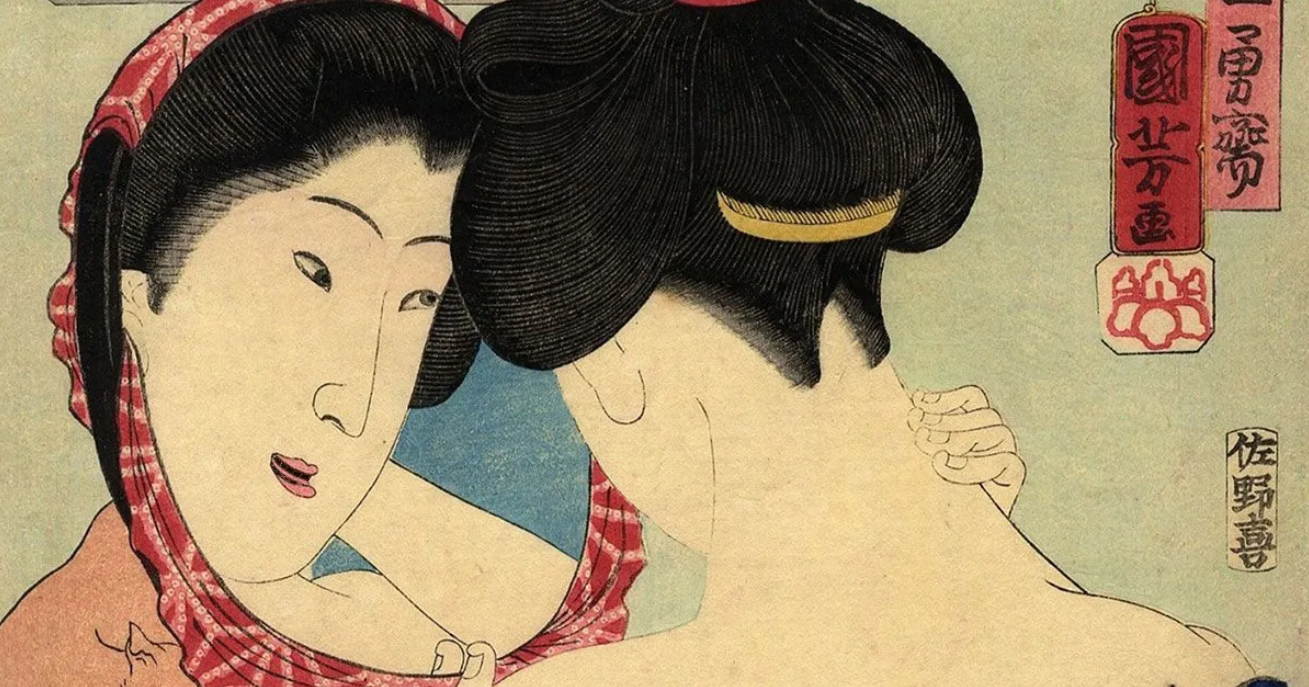
The ancient Asian cultures of Japan and Vietnam would commonly engage in the practice of “ohaguro,” where they painted their teeth with various chemicals to create a shiny black appearance. The belief was that this lacquer could protect the teeth and prevent decay. Although Japan outlawed the practice in 1870, some small communities are said to practice it still.
When Radium Was in Everything
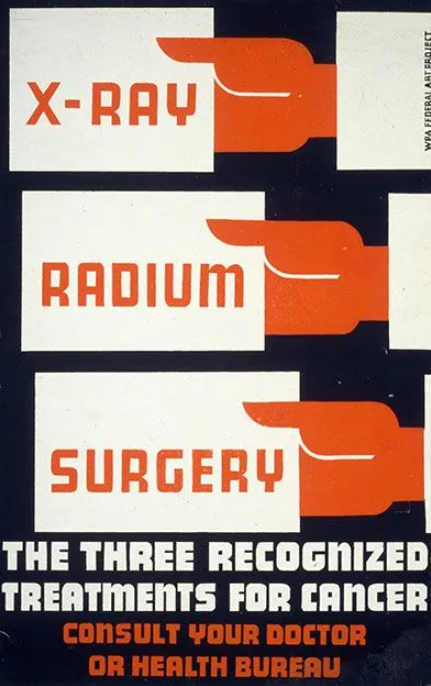
During the early 20th century, radium was believed to cure almost any ailment, leading to its incorporation into various products worldwide. Companies even used radium to boost sales, as seen with “Radium Brand Creamery Butter.” However, after five women working at the United States Radium Corporation died from its effects, radium was linked to cancer and quickly lost its popularity.
Slathering Honey on Servants

Ancient Egyptians would use honey to keep the Pharaoh free from flies and pests by covering the Pharaoh’s servants with it. The honey would attract the bugs and keep them away from the Pharaoh. Interestingly, honey has antibacterial properties, so that the servants may have had great skin as a result.
Barbers Pulled Teeth
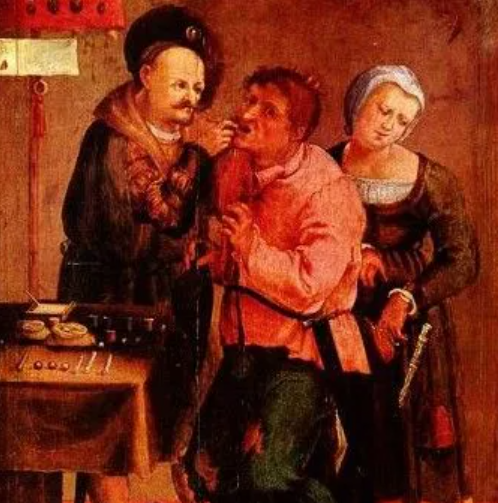
During the Dark Ages, barbers had a much greater role than just cutting hair. They were also responsible for performing tooth extractions if you had a toothache. If home remedies like beer, wine, or herbs didn’t work, a visit to the barber was in order.
Outfit Changes Were Few and Far Between

During the Dark Ages, people typically owned only four outfits, one for each season, which meant that their clothes were seldom washed. This is quite a stark contrast to the abundance of clothing options we have today and makes us appreciate the convenience of modern washing machines.
Rotting Teeth Were in Style
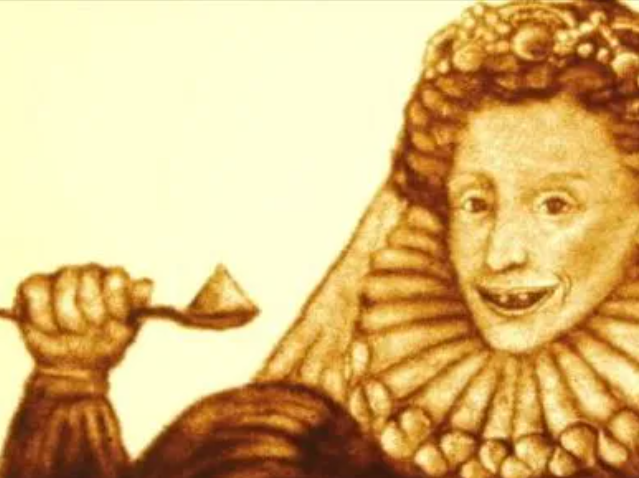
In contrast to our current obsession with perfectly straight and white teeth, Elizabethan England had a peculiar dental aesthetic – they desired teeth that appeared decayed. This bizarre trend was a result of the belief that the more sugar one consumed, the wealthier they must be, and hence the more decayed their teeth would look.
Wigs Often Had Lice
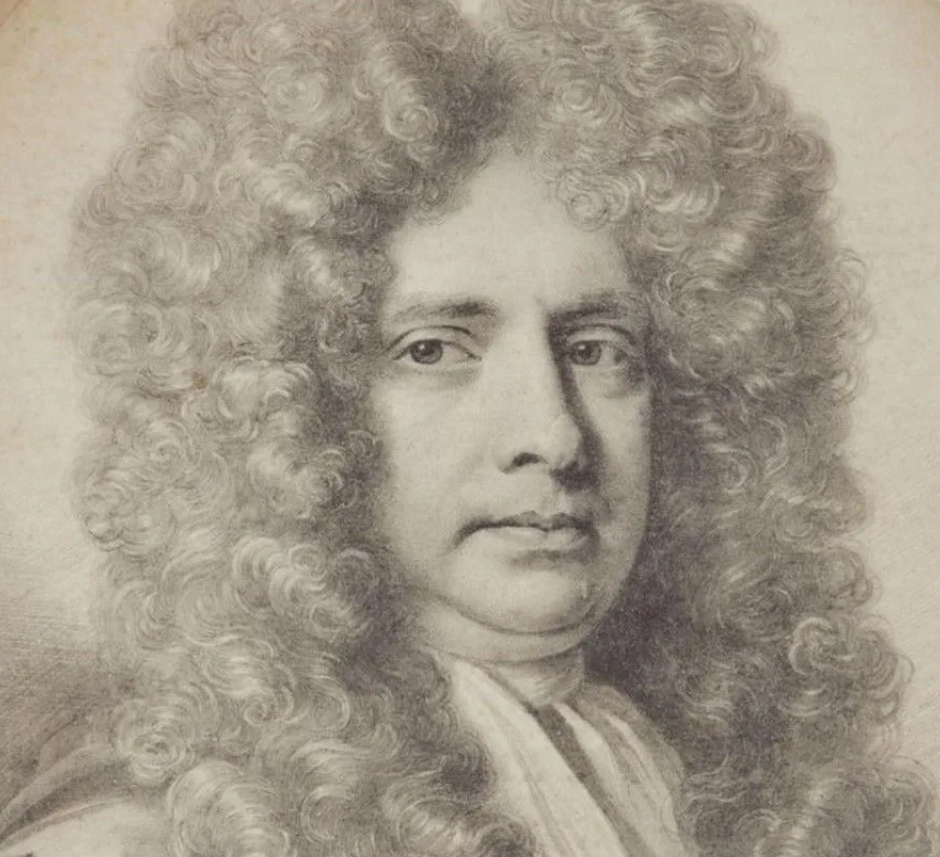
Periwigs, a popular fashion accessory from the 1500s through the 1800s, might look impressive in paintings. However, the reality was much more unpleasant – they were frequently infested with lice and nits. So we’ll stick to our own natural hair, thank you.
Freckle Remover
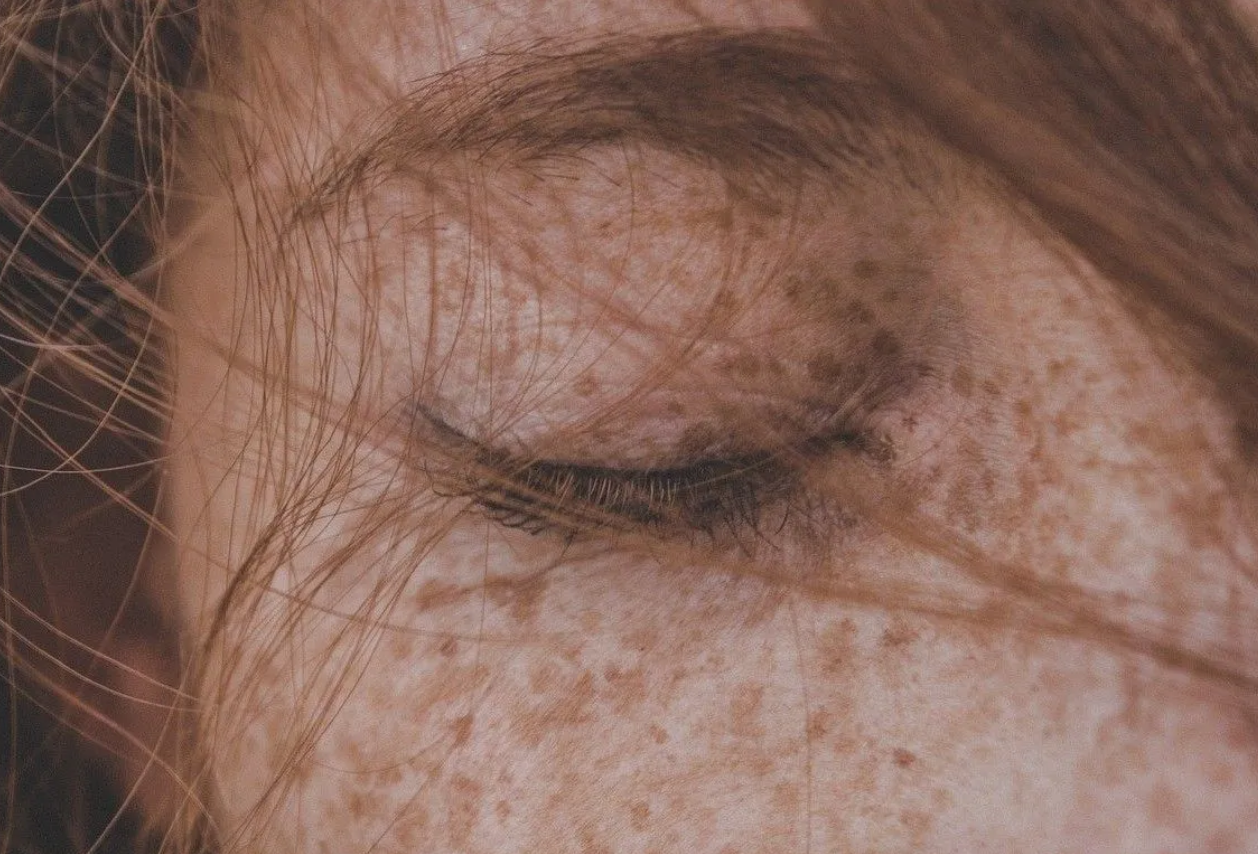
In contrast to the modern trend of embracing freckles, these skin marks were considered unattractive during the Middle Ages, prompting people to use Sulphur to scrub them off. Fortunately, freckles are now widely accepted as a unique and attractive feature, sparing us from the agony of getting rid of them.
Wigs Were Shaped With Animal Fat
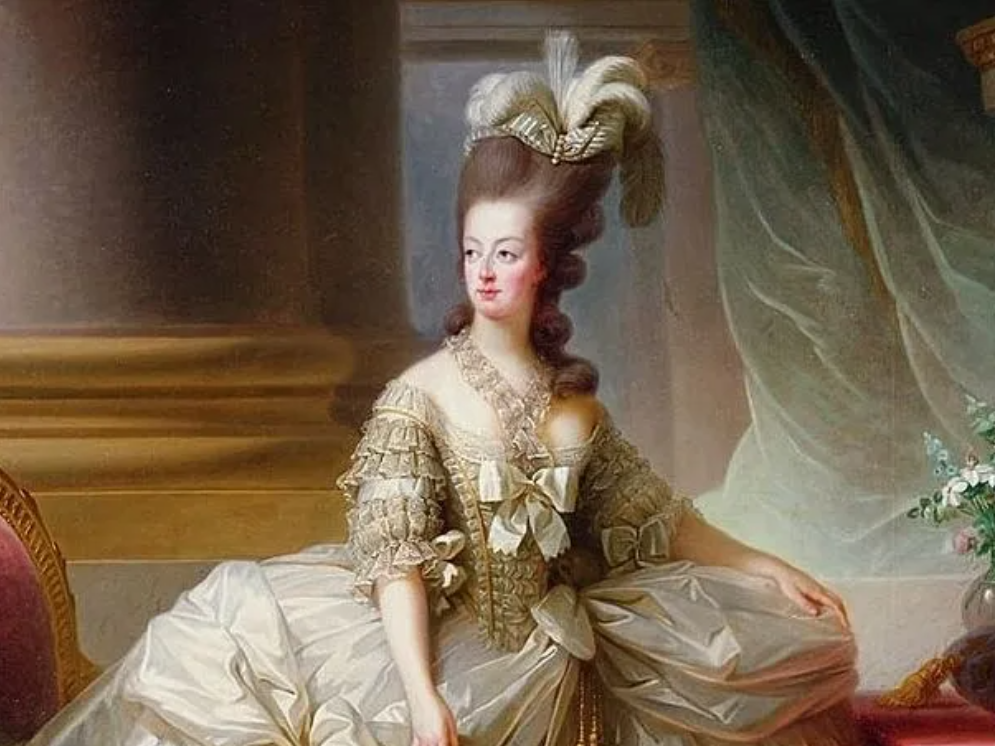
During the 16th to 18th centuries, wigs were fashionable for both men and women, especially among the wealthy. However, the process of making wigs was unpleasant. Animal fat was used to shape wigs, making them smelly and highly flammable. This posed a serious safety hazard, especially in a time when candles were the primary source of lighting. People endured discomfort and danger for the sake of fashion, wearing wigs that smelled like rancid meat and risked catching fire.
The Mouthwash of Antiquity
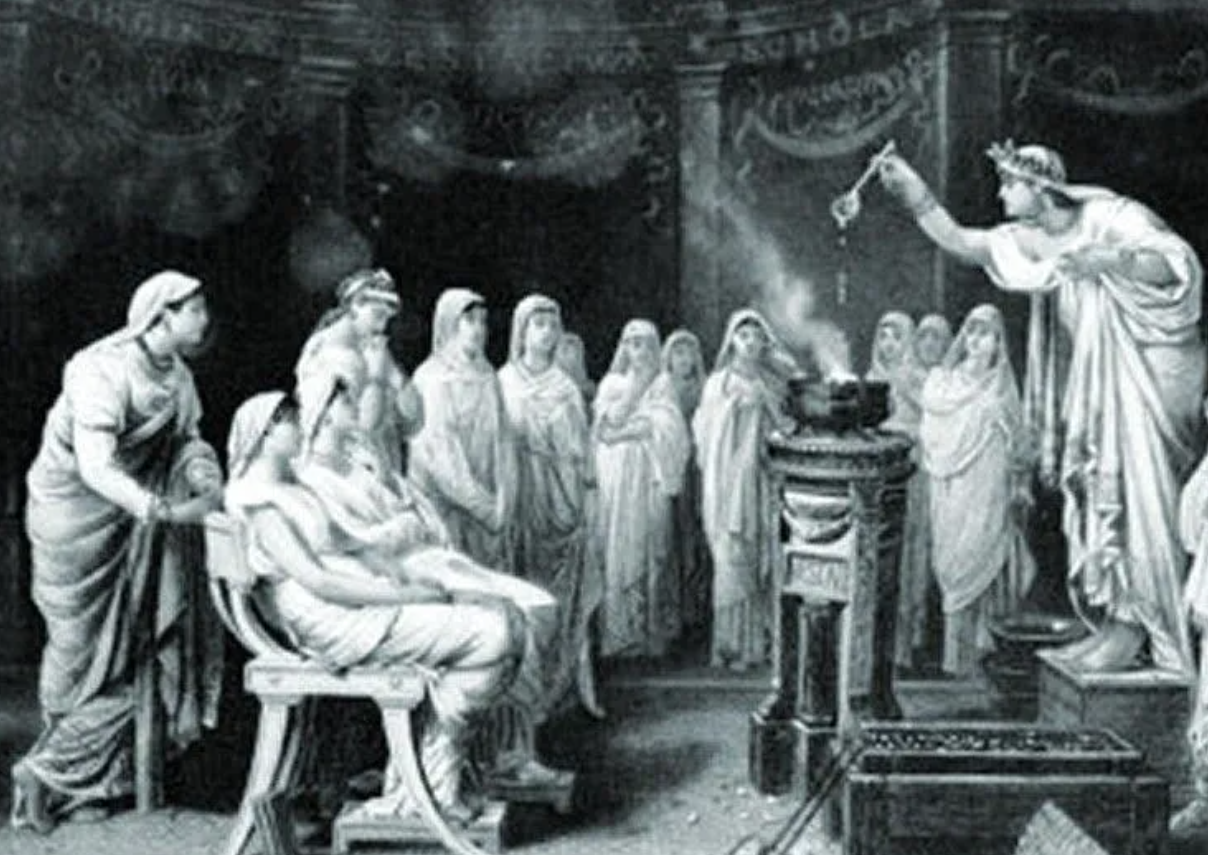
It’s not surprising that oral hygiene was not a top priority in ancient times, given how unpleasant everything else was. Mouthwash in Greece during 40-90 AD was created from a blend of olives, milk, gum myrrh, pomegranate, vinegar, and wine. It’s safe to say that it probably didn’t leave anyone’s breath smelling particularly fresh.
The Real Use for Flower Bouquets

In the olden days, personal hygiene was not given much importance, and people rarely bathed, resulting in unpleasant odors. But what could one do to overcome the lack of deodorants and body wash? Carry a bouquet of flowers around, of course! This is also why the tradition of carrying flowers at weddings originated; it was believed to bring good fortune and mask the terrible smell resulting from not having bathed for an extended period.
Surgical Tools Weren’t Sterilized
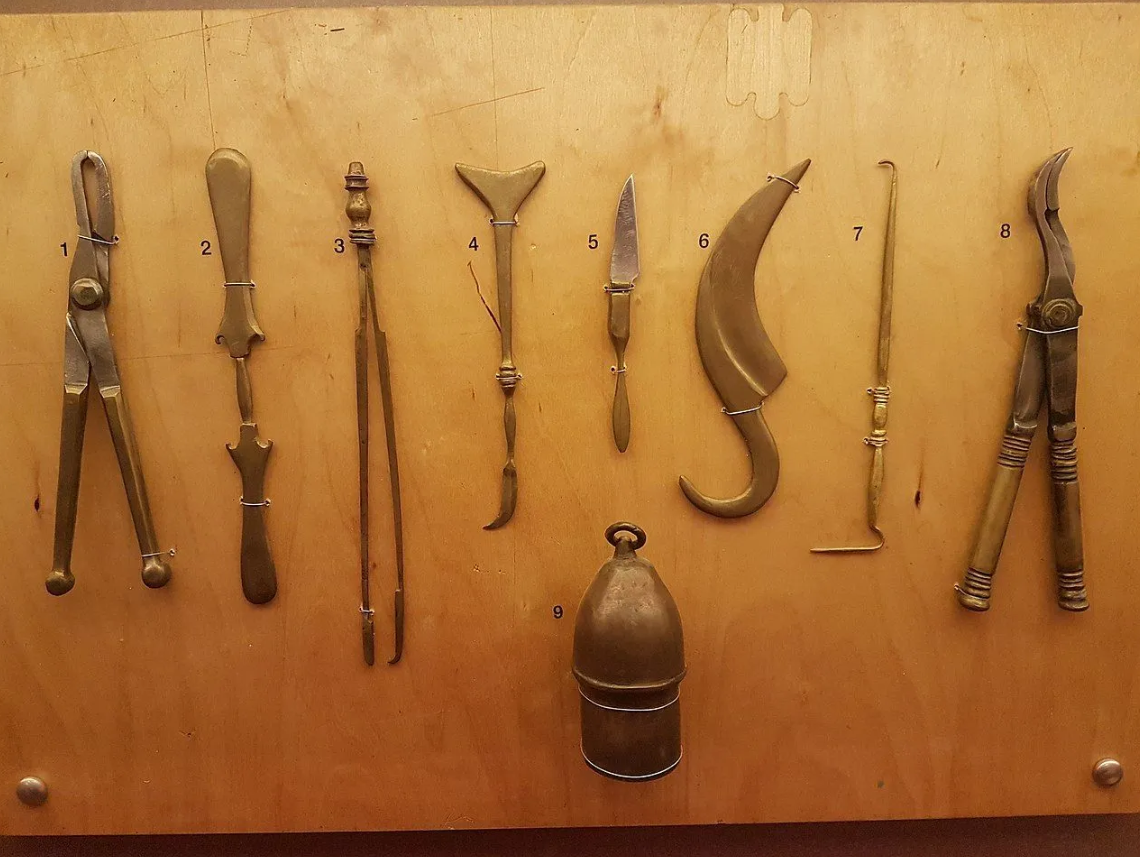
Surgical procedures before the 1800s were particularly unpleasant as no one had any concept of infections, and the tools were not cleaned or sterilized. This means that patients who required surgery had to endure the procedure with unclean instruments. In addition to that, modern anesthesia had not been invented yet, so surgeries were incredibly painful experiences.
Eagle Dung as a Painkiller During Labor
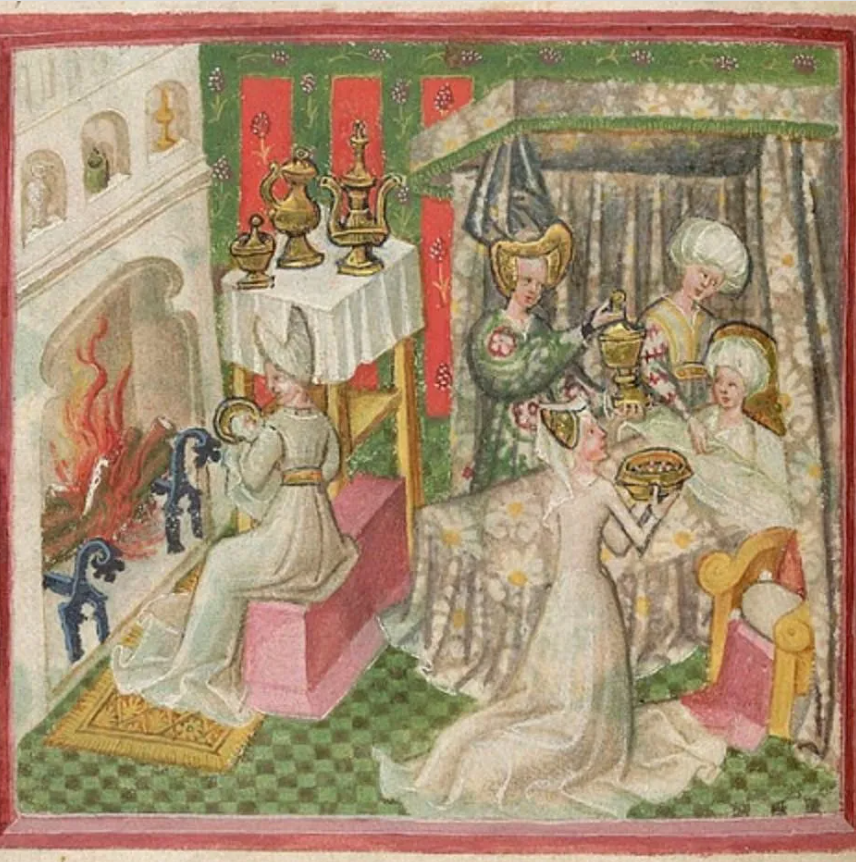
During the Middle Ages, childbirth was a harrowing experience, made worse by the lack of knowledge about germs, infections, and pain relief. Women had to endure the excruciating pain without any modern painkillers, and midwives often resorted to strange remedies like eagle dung and rose water mixture applied to a woman’s thighs as a placebo for pain relief. Sadly, these remedies were often ineffective, leaving women to rely on prayers and hope for the best.